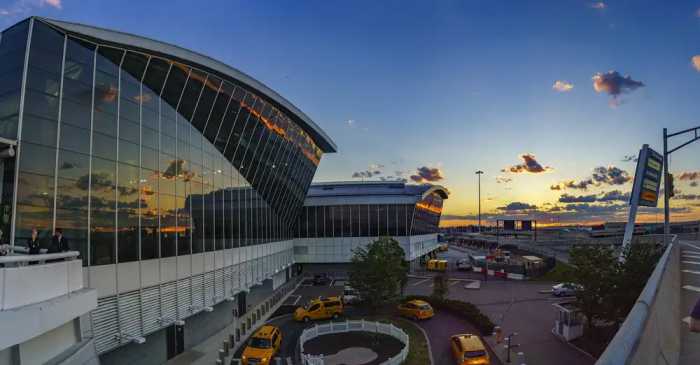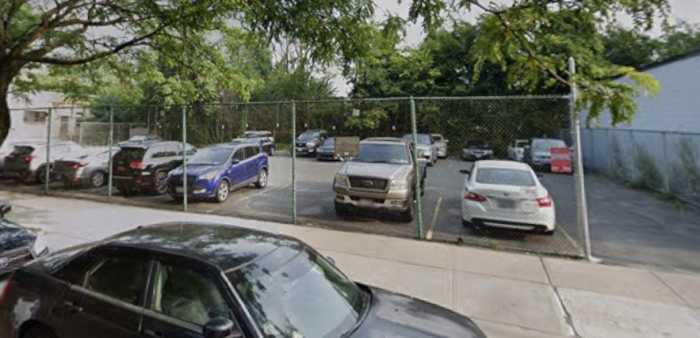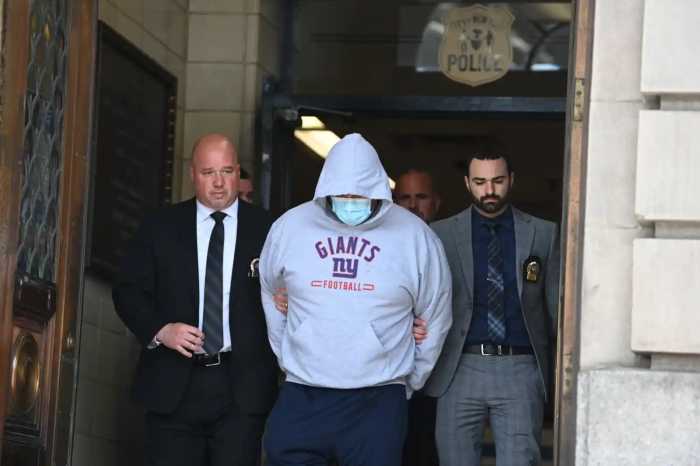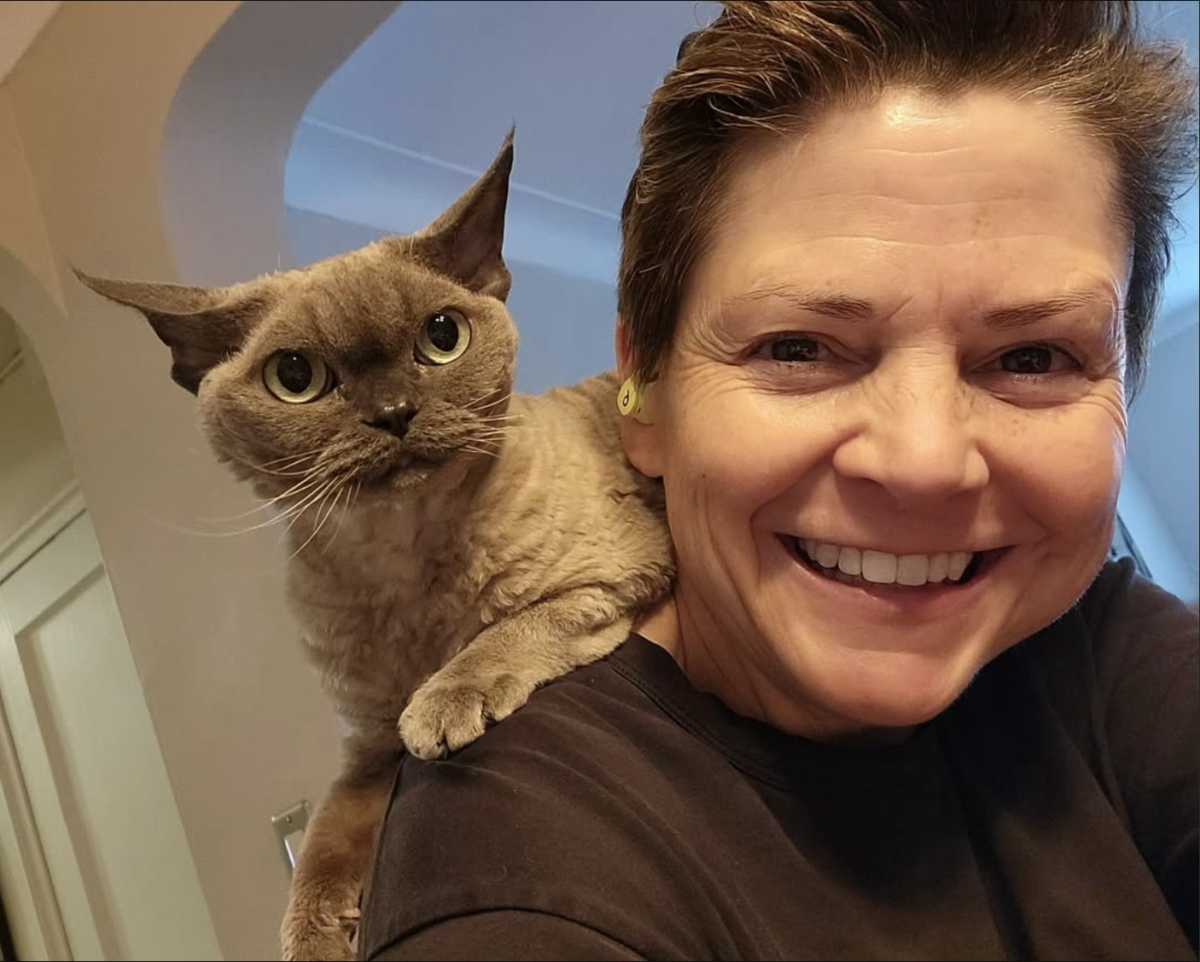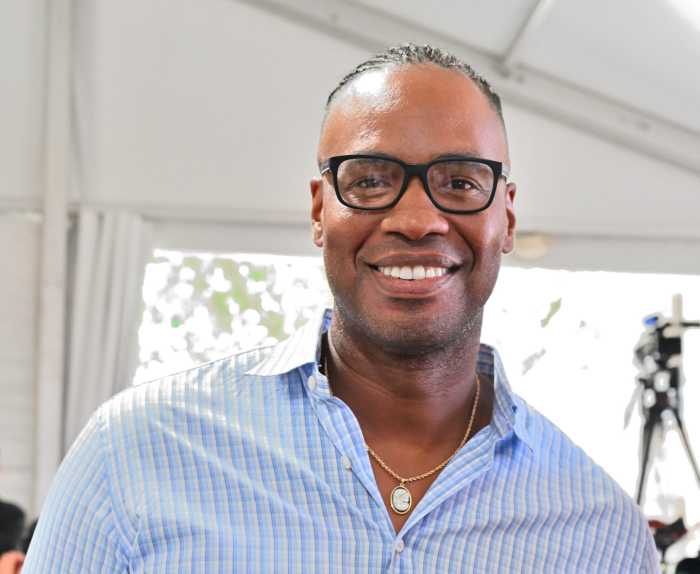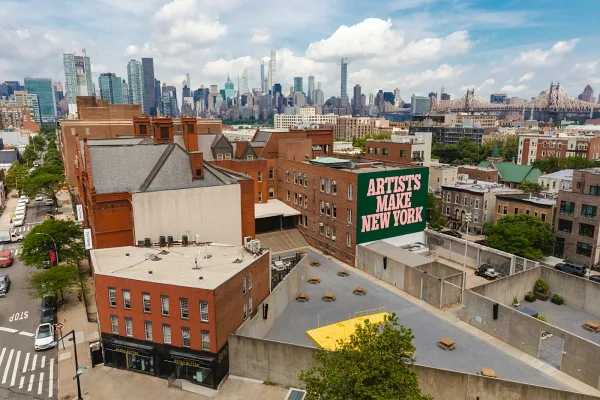Reform Panelist Takes Helm At Hospital
Wyckoff Heights Medical Center (WHMC) reportedly had a sudden changing of the guard during the Christmas weekend, as its president and chief executive officer was replaced by a member of the State Medicaid Redesign Team seeking to reform Brooklyn’s health care industry.
Ramon J. Rodriguez was tapped by the medical center’s board of directors to replace Rajiv Garg as the leader of the hospital on the Ridgewood/ Bushwick border in Brooklyn that serves hundreds of thousands of residents on both sides of the boundary.
According to a report in The New York Times published on Dec. 30, 2011, Rodriguez’s appointment sparked concerns among employees and local advocates about the longterm future of the hospital. The new CEO was a member of the Medicaid Redesign Team’s Brooklyn Work Group which recommended in November 2011 a plan to merge Wyckoff Heights with two other purportedly struggling hospitals in the borough: Brooklyn Hospital Center and Interfaith Medical Center.
In the New York Times report, Rodriguez stated that “the board is very
–SEE WYCKOFF ON PG. 26- much engaged here in wanting to have the hospital what they would call saved, and what I said to them is, survival is not saving. What you want is to prosper, and that doesn’t necessarily mean you have to be an in-patient institution.”
The Medicaid Redesign Team was first appointed by Gov. Andrew Cuomo last year to overhaul the state’s Medicaid program in order to trim costs. The Brooklyn Work Group was a subpanel formed within the team to examine the operation of hospitals and the delivery of health care services within the borough while making recommendations on potential improvements.
According to a biography on the Brooklyn Work Group’s website, Rodriguez “has 30 years experience as a chief executive officer in the health care, human services and government sectors,” including serving as a CEO of two health management organizations (HMOs) and two Medicare HMOs which he founded.
The work group issued a report in November 2011 which declared that Wyckoff Heights Medical Center as one of the “three most troubled hospitals in Brooklyn that require immediate intervention to avert financial collapse.” The other two hospitals on the brink, according to the work group, are Interfaith and Brookdale University Hospital.
The report found that WHMC, Interfaith and Brookdale each “have unsustainable levels of debt and negative net assets.” Data cited by the work group indicated that WHMC carried $324,000 in long-term debt per bed in 2010; it had 324 beds on site and in use that year. Moreover, the hospital had $91 million in negative net assets and $117 million in other liabilities.
Coupled with declines in admissions and discharges over a five-year period between 2006 and 2010, the report found that “in the long run, it cannot survive as a stand-alone facilcriminal ity” to meet all medical needs in the area. The report also found that WHMC is struggling “week to week to make payroll and are working with vendors and creditors for forbearance. Most cannot access capital markets to make the necessary investments in physical plant, human resources or technology necessary to maintain an acceptable level of quality or access.”
“Clearly, these hospitals are not, and should not be, the sole health care providers that serve their communities,” according to the work group report. “Many of the services they provide could be offered in a cost-effective manner by other types of providers” including ambulatory care facilities, physician practices or home car agencies.
The Brooklyn Work Group recommended that Wyckoff and Interfaith become part of a single healthcare system controlled by Brooklyn Hospital Center, which recently emerged from bankruptcy “and is demonstrating sound financial practices.” Under such a governance system, inpatient and tertiary care would be streamlined “in a manner sustainable and aligned with the community’s needs.”
“Given the high rates of chronic disease and the heavy reliance on hospital services in the communities served” by the hospitals, “steps must be taken to assure access to highquality primary care in those communities,” the report concluded.
Vincent Arcuri, Community Board 5 chairperson and a member of WHMC’s board of trustees, disputed some of the bleak findings in the Brooklyn Work Group report. Despite the losses cited in the work group report, Wyckoff Heights remains “the most financially stable” of the hospitals deemed in danger, he noted, adding that some of the projected losses for Wyckoff were not as severe as initially forecast.
“The projected losses are about $22 million, which is less than $2 million a month and better than every other hospital,” Arcuri said in a phone interview with the Times Newsweekly. He added that the medical center also “has the lowest operating costs” of the hospitals in Brooklyn identified as being endangered in the report and “serves a more diverse community between Brooklyn and Queens.”
Much of the outstanding debt the hospital has is the result of a mortage with the State Dormitory Authority taken out in the early 1990s as Wyckoff Heights underwent a massive renovation project, Arcuri stated. The loan has since been refinanced several times in order for the hospital to take advantaged of lower interest rates.
Though the hospital has taken a hit from reductions in Medicaid and Medicare reimbursements, he noted, WHMC is surviving through selfpaying or insured patients coming into the hospital to receive care. Arcuri said that the administration is working on a campaign to recruit more physicians to affiliate themselves with the medical center: The more doctors we recruit, the more patients we’ll get, and the more selfpayers.”
As for the future of the hospital, Arcuri stated that “everything will be discussed” at a board meeting with Rodriguez scheduled to take place today at Wyckoff Heights Medical Center. The hospital will look at a variety of ways to bolster its finances and would consider the findings of the Brooklyn Work Group.
“The current board is taking more of a day-to-day operating approach to the hospital than they’ve done in the past,” he added.
Speaking about Rodriguez, Arcuri observed that the new CEO seems to look “at Wyckoff Heights differently than the actual committee” and the Berger Commission which preceded it: “He looks as Wyckoff as a necessary Brooklyn-Queens facility that needs to be here.”

